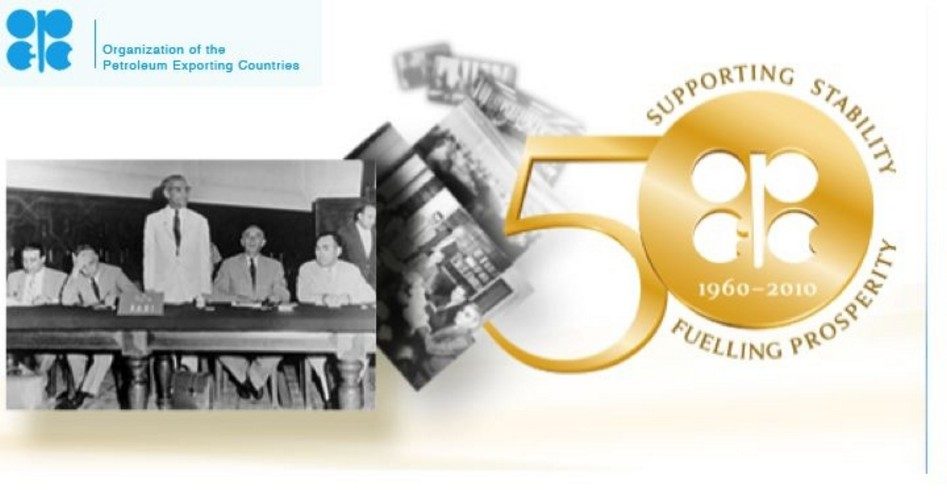
A report released on Tuesday from OPEC indicated just how phony and ineffective its highly touted production cut “agreement” managed to lash together among its members and nonmembers last fall. The agreement was designed to remove some 1.8 million barrels a day (mbd) from worldwide production — enough, it was hoped, to drive crude oil prices higher. Before the agreement OPEC was producing 32.5 mbd. Tuesday’s report indicated that the agreement has reduced daily production to — ready? — 31.96 mbd.
The agreement was destined to fail from the beginning. First, OPEC members are notorious for violating the group’s most solemn agreements. Second, exceptions were allowed for Nigeria and Libya, which have increased their production of crude since the agreement by 300,000 barrels per day and 400,000 barrels per day respectively. Third, it relied on Russia to cut its production by 300,000 barrels per day, but it has cut less than half that.
Fourth, U.S. shale producers, taking advantage of ever lower breakeven points, have ramped up production by nearly 600,000 barrels per day since last summer putting more than 150 idled oil rigs back to work.
The drop in breakeven points is spelling the death of the agreement, and threatening OPEC itself. In Dunn County, North Dakota, sitting on top of the Bakken oil field, the cost to produce a barrel of oil is $15, according to Lynn Helms of the North Dakota Petroleum Council. Mike Breard, an energy analyst at Hodges Capital Management said it’s not just Dunn County, or North Dakota, or Bakken: “Everybody is drilling wells faster and completing them better. It’s not just a Bakken phenomenon.”
Last week eight more idled rigs went into production, bringing the total to more than 600, up from just 450 last summer.
Put together then, crude oil prices, instead of continuing their rise in the month following the OPEC agreement, have fallen. Last week the dam broke when evidence surfaced that inventories were building faster than ever, causing oil traders to reduce their long positions, forcing oil prices to break through the $50 a barrel “resistance” level. They are now lower than they were before the ill-fated OPEC agreement was cobbled together last November.
In what may qualify as the year’s greatest understatement so far, Germany’s Commerzbank said, “There is little to suggest as yet that this market tightening [by OPEC] has begun.”
OPEC has run out of options. The present failed agreement ends in May. OPEC member Kuwait’s oil minister supports “the extension of the agreement … [a move that will] accelerate the rebalancing of the global oil market and … contribute to the return of prices to levels acceptable for [OPEC] and for the petroleum industry in general.”
The minister is living in a dream world of hope over experience. Extending the failed agreement will only invite American oil producers to continue to fill the void, replacing any cuts in OPEC production that might take place under a new agreement.
What’s more likely is that any extension is likely to be violated more egregiously by members getting tired of waiting for oil prices to rise.
But if OPEC fails to extend the agreement, it will be a tacit admission that not only do such “agreements” fail to work as intended, but they reflect the continuing diminishment of OPEC’s ability to direct the global oil market. In other words, the primary reason for OPEC — to force “the return of prices acceptable” to the cartel — vanishes.
Those ever-declining breakeven points U.S. shale producers are enjoying are also not only forcing the ending of OPEC’s agreement but threatening the very existence of OPEC itself.
An Ivy League graduate and former investment advisor, Bob is a regular contributor to The New American magazine and blogs frequently at LightFromTheRight.com, primarily on economics and politics. He can be reached at [email protected].
Related article:



